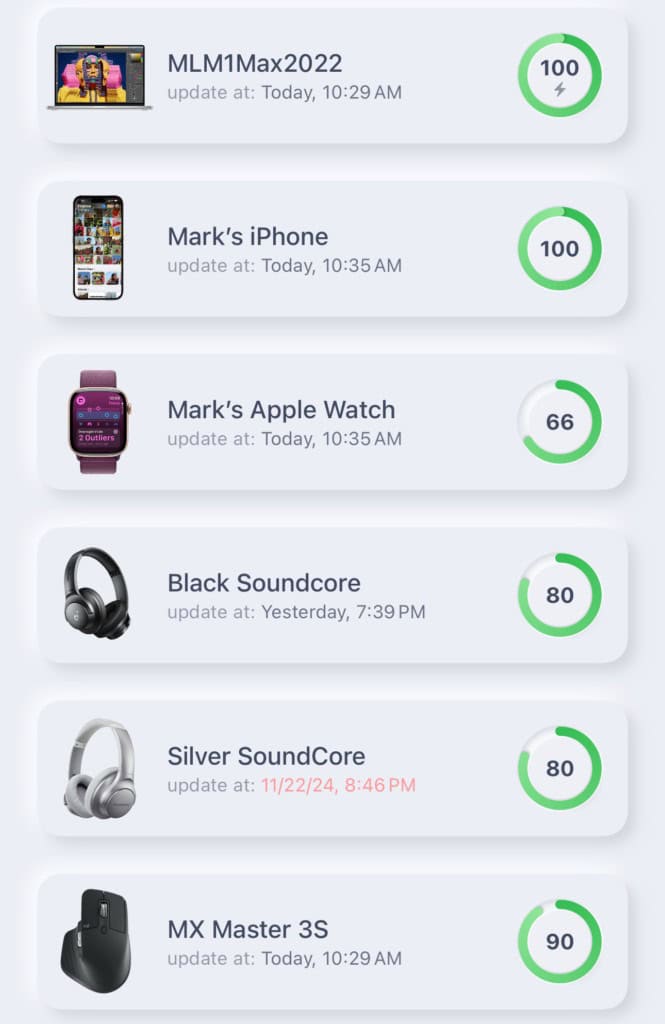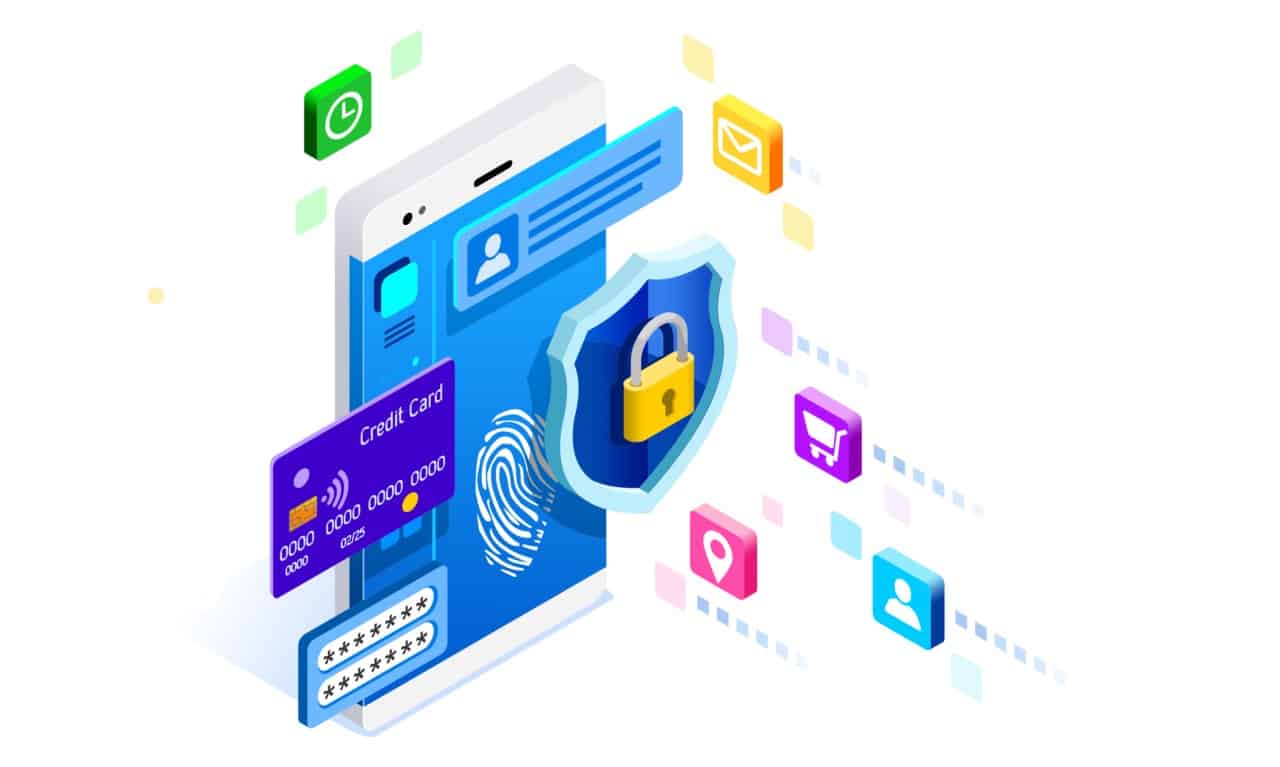
- Apple apps like Pages and third-party apps like Photomator and Nitro work well with data synchronization across iPhone, iPad, and MacOS.
- iCloud integration is essential to effectively use multiple Apple devices, synchronizing contacts and background data.
- Apple and Samsung create ecosystems that encourage customer loyalty through interconnected hardware and software.
Above: Illustration by Ozerina/DepositPhotos
BitDepth#1486 for November 25, 2024
It shouldn’t surprise you that Apple encourages its developers to create software that works on all its current devices.
A year ago, I tried an all-Apple device ecosystem after years of managing a hybrid environment. For me, that’s a Mac laptop, an iPad, an iPhone and an Apple Watch.
No Apple Vision in my immediate future it seems, definitely not if the household management has anything to say about it.
Most recently, Apple introduced iPhone Mirroring, which allows you to use a virtual representation of your iPhone on the Mac desktop.
Apparently frivolous, until you realise you can copy text off the virtualised OS and paste it into an app on the desktop.
Many of Apple’s own apps work seamlessly across all these devices, but not always in the ways you might expect.
I track my lap swimming on an Apple Watch, which displays only general information about activity, but uploads more detailed statistics when it connects to an iPhone.
There it appears in the Fitness app. Oddly, on an iPad, the data shows up in the Health app, because on iPad, the Fitness app is a portal for paid exercise videos.
There is no way to see this information on MacOS.
So by Apple’s own yardstick, an app that shares usable data across three devices is acceptable, one that synchronises with four is a distinct winner.

Several regulars make the cut easily. Pages, my word processor of choice is available everywhere except for the watch, where it would make no sense at all. These are some of the apps that I’ve worked with that make good use of data synchronisation across Apple devices. There are others that I haven’t tried.
Photomator and Nitro are two apps that plug directly into Apple’s iCloud system for photos and work on iPhone, iPad and MacOS. The company behind Photomator has since been acquired by Apple.
Evernote has its own synchronisation system that adds deeper database capabilities, but there is no use case for its data collection on a watch-face.
Microsoft To Do was already in use on all my devices before the watch got added to the mix, and the implementation there is clutter free and clear.
I can mark items done directly on my wrist, though I’m unlikely to create a to-do task there.
But if you want to ramp up your list-making capacity across an all-Apple ecosystem, you have other choices.
Long-standing task organiser Things is available on all devices, though it only shows the Today focused list on the watch.
Structured takes a different approach, mixing calendar planning with task lists drawn from the native Calendar and Reminder apps.
It all feels a little new-age, with a strong implication throughout the design and incentives to use the app that the goal is less getting things done than managing work-life balance.
The company avoids hard descriptions like to-do lists in favour of the much softer “day-planner.”, Like Things, it can synchronise with instances of itself across all Apple’s consumer hardware.
Structured taps into Apple’s iCloud data transfer system and uses iCloud by default. It also offers a private cloud synchronisation option, which like Things, also bypasses Apple’s iCloud data exchange protocols.
Is there an advantage to this?
It’s definitely necessary for apps like Structured, Evernote and Microsoft To Do, which exchange their data with instances on other platforms.
Apps that use iCloud natively, such as Pages, Keynote and the Safari browser also support HandOff, part of a larger technology the company describes as Continuity, which allows users to move from working on one device and continue on another Apple device entirely.
The only non-Apple apps so far to support HandOff are Microsoft’s Word and Excel.
Most other apps settle for using Apple’s robust notification system on the Apple Watch. On the desktop, notifications can get busy, popping up at the top-right corner of the screen.
They appear less intrusively on the lock screen of the iPhone. On the Apple Watch, notifications appear as a scrolling list with summaries of messages, posts and SMS texts.
Apple’s Mail, Meta’s WhatsApp, Messenger, Threads, Facebook and Instagram, Musk’s X and other notification-aware apps can be set to display notices on the watch-face, making alerts and summaries available across all available devices.
There’s actually no way to make effective use of multiple devices without making peace with iCloud, because it also synchronises contact information and other background details as part of its framework.
There’s one app that I use across the Apple device ecosystem that really plugs into the iCloud data network and is genuinely useful, even if it’s a bit buggy.
AllMyBatteries does what it says on the tin, reporting the battery status of every device on your iCloud account.
The widgets don’t work on iPhone, but the app does and the software doesn’t work at all on Apple Watch, but it does report its charge status accurately. All Apple devices as well as peripherals that report their battery level via Bluetooth can be monitored in a single window.
Establishing a private data network to enhance smartphone user experience was one of Huawei’s final strategies for its smartphones sold in the West.
Registering for a Samsung account unlocks additional synchronisation features and software availability on that platform.
The ambition of both Samsung and Apple is to achieve lock-in, the capture of the customer in an ecosystem that delivers a value proposition that they find difficult to live without.
Of the two rivals, Apple is much further along in both the number and quality of their connections between their hardware families. If you’ve got either family of devices, be sure to explore software that exploits the links that are available to enhance your user experience.







































